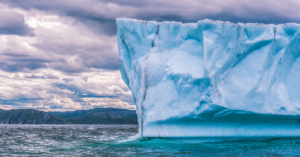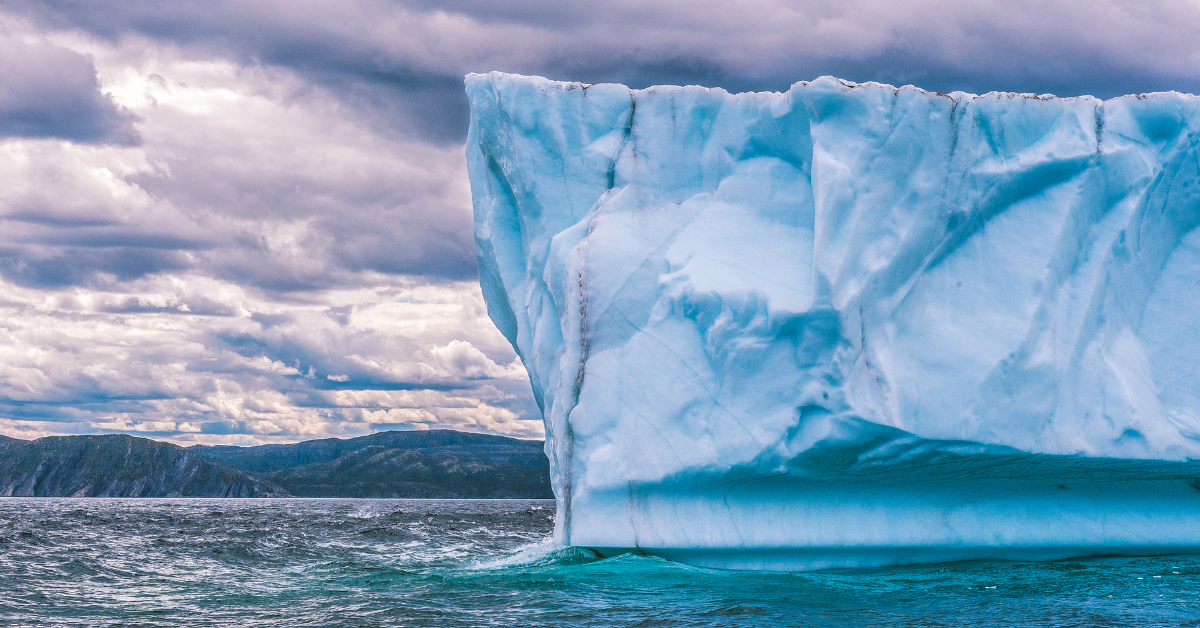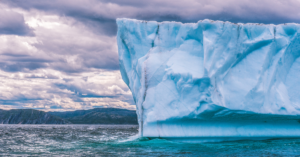
Watch: Fire Breaks Out On Oil Platform In Adriatic Sea, 26 Workers Evacuated
January 24, 2025
France To Ban Large Cruise Ships To Combat Over-tourism Starting July 2025
January 24, 2025

The world’s largest iceberg, A23a, is moving toward South Georgia Island, a remote British overseas territory in the South Atlantic.
The iceberg measures a staggering 3,672 square kilometres (1,418 square miles), which is twice the size of Greater London and weighs about a trillion tons.
A23a, which broke off from the Filchner-Ronne Ice Shelf in Antarctica in 1986, had been stuck in the Weddell Sea for decades until it gradually began drifting toward the Southern Ocean in 2020.
The iceberg was trapped in an underwater vortex for several months in 2024 but broke free in December and began heading toward South Georgia. As of now, the iceberg is just 173 miles (280 kilometres) from the island.
Its towering sides reach over 400 meters (1,300 feet) high, making it taller than the Shard in London. As it drifts, large pieces are likely to break off.
South Georgia is home to a rich and diverse ecosystem, with large colonies of King penguins, seals, and other seabirds. These animals rely on open seas for food but the drifting iceberg is a major threat.
In 2004, a similar iceberg, A38, grounded near the island, blocking access to feeding grounds for seals and penguins, which was the cause of the death of many animals.
Experts fear that if A23a grounds itself off the coast of South Georgia, it could block these animals’ access to vital feeding areas.
The iceberg could remain in place for years, disrupting wildlife and human activities. This could threaten human activities around the island, especially the fishing industry.
South Georgia is an important hub for commercial fishing, but large icebergs often make navigation difficult for vessels. The remains of a previous iceberg, A76, are still floating in the region, which has complicated fishing operations.
Andrew Newman, from fishing company Argos Froyanes, described the situation as navigating through “pieces the size of several Wembley stadiums down to pieces the size of your desk.”
The melting of an iceberg releases nutrients and chemicals into the surrounding waters. These nutrients are crucial for marine life, including plankton, which are at the base of the food chain.
The release of ice also helps store carbon in the deep ocean, contributing to a natural process that traps carbon dioxide and helps reduce climate change.
Dr Laura Taylor, a researcher at the British Antarctic Survey, has studied the environmental effects of iceberg meltwater, collecting water samples from near A23a in 2023.
“I saw a massive wall of ice way higher than me, as far as I could see,” she recalled. “Chunks were falling off-it was quite magnificent.” Her research will help scientists understand how the meltwater released by A23a impacts the ocean.
References: BBC, CNN
Source: Maritime Shipping News


